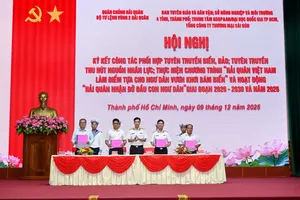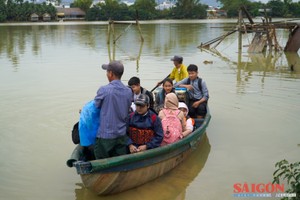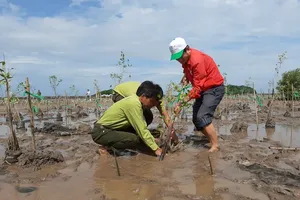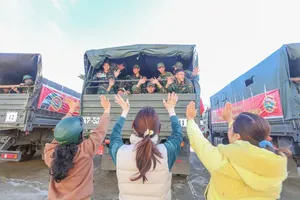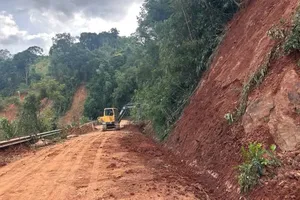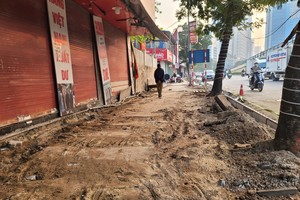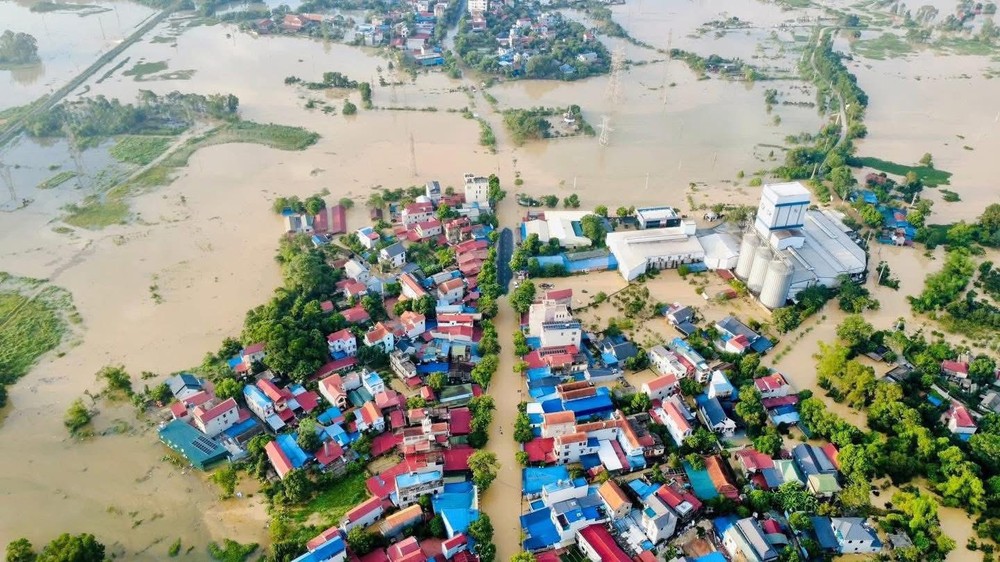
According to the Department of Dyke Management and Natural Disaster Prevention under the Ministry of Agriculture and Environment, on the morning of October 10, the Hanoi Civil Defense Command reported its emergency response to severe dyke erosion, embankment collapse, and inundation in the two northern communes of Trung Gia and Da Phuc, which have been heavily affected by the remnants of typhoon No.11.
In Da Phuc Commune, nearly 1,000 hectares of farmland were submerged, including over 547 hectares of in-field rice and 431 hectares of crops outside the river dykes. Three serious landslide points were recorded along the left dyke of the Ca Lo River and the right dyke of the Cau River, while a 7.5-kilometer section of the latter was overtopped by 0.01 to 0.30 meters of floodwater.
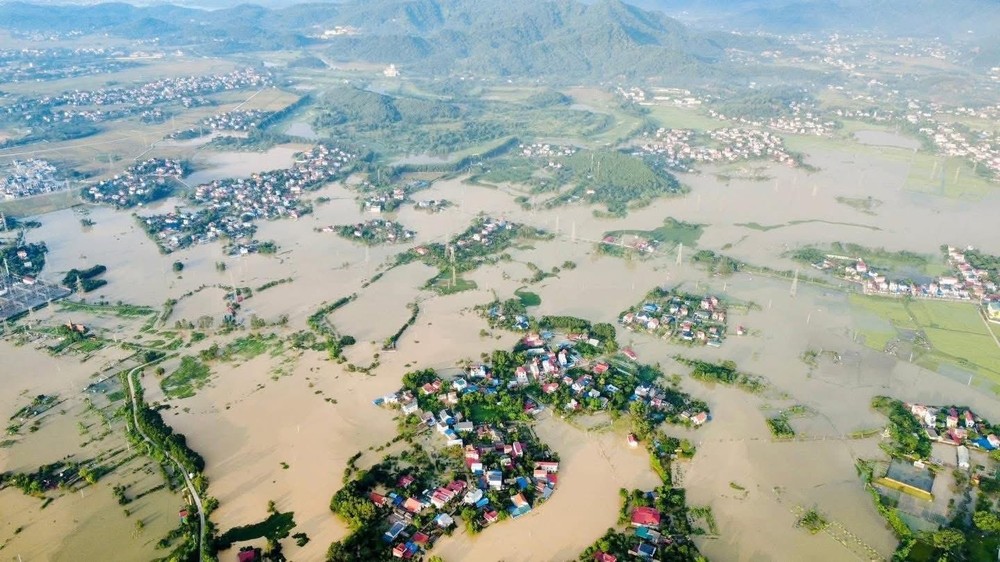
Hanoi also reported more than 11.9 kilometers of secondary and outer dykes submerged. Local forces mobilized over 10,600 personnel, 34 trucks, 4 excavators, 60,000 sandbags, and 30,000 square meters of tarpaulin to reinforce the dykes and handle emergencies. A total of 1,511 households—over 6,500 people—were safely relocated.
In Trung Gia Commune, dyke breaches and floodwater cutting across the Ha–Thai railway and several Class-4 dyke lines have isolated 18 hamlets with more than 4,000 households (16,400 residents). Local authorities and military units have evacuated nearly 3,500 people and are continuing to move an additional 5,800 residents from high-risk areas.
Hanoi’s Civil Defense Command has established a forward command post co-led by Lieutenant General Le Quang Dao, Deputy Chief of the General Staff of the Vietnam People’s Army, and Mr. Nguyen Manh Quyen, Vice Chairman of the Hanoi People’s Committee.
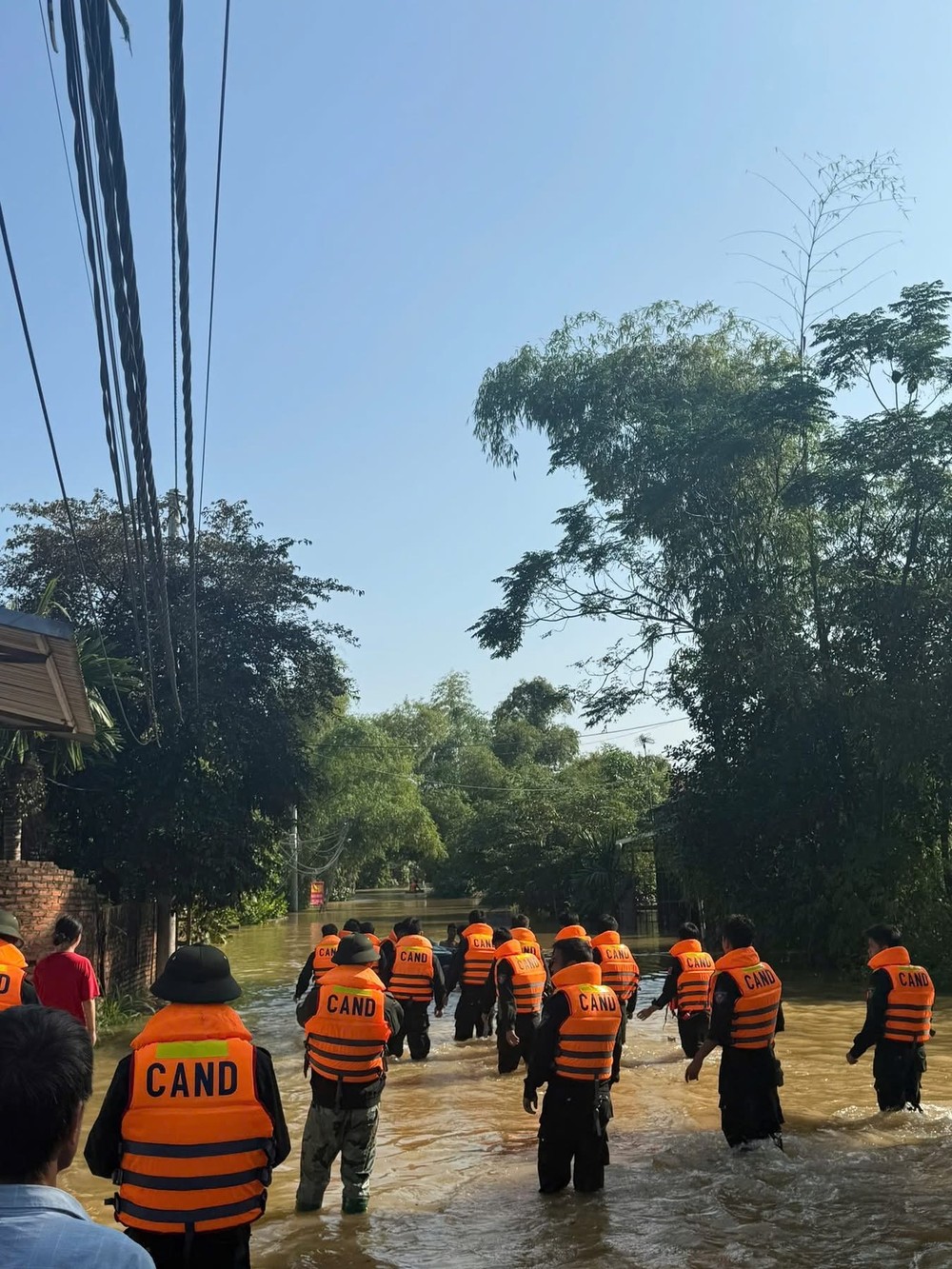
In total, 1,270 personnel from the Hanoi Capital Command, Army Corps 12, Hanoi Police, the Chemical Corps, and Factory Z49 have been deployed, along with 20 military trucks and 33 motorboats for rescue operations.
Authorities are currently preparing evacuation plans for 35,866 residents, mostly in Da Phuc and Trung Gia communes. The Ministry of National Defense has placed helicopters on standby in case the area becomes completely isolated.
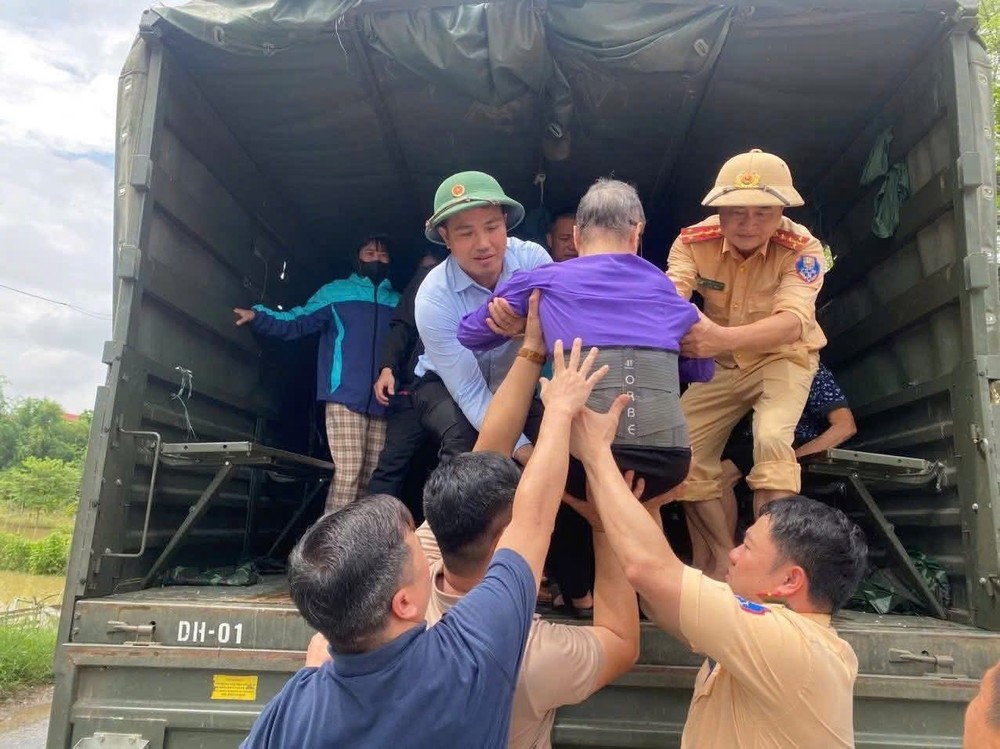
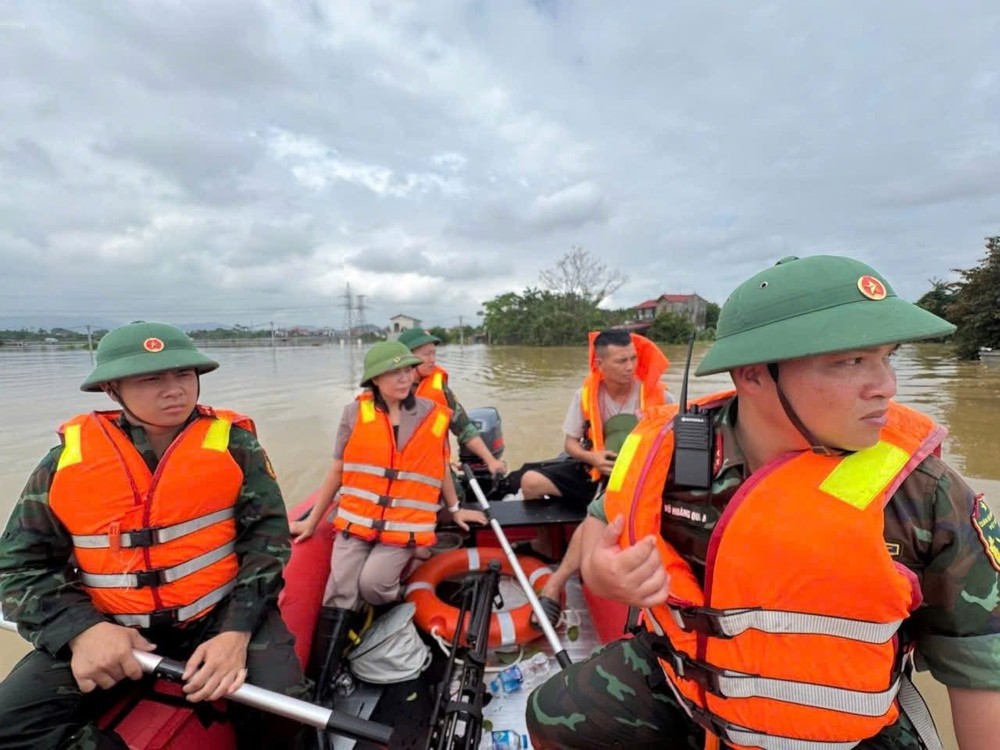
As of this morning, the water level of the Ca Lo River had receded slightly—down 3 centimeters from the evening of October 9—but rescue forces remain on 24-hour duty to safeguard the dykes and support residents in inundated zones.
According to the Hanoi Department of Agriculture and Environment, there has been no significant rainfall in the city from October 8 to 10. However, due to floodwaters from upstream, the Cau and Ca Lo rivers remain at dangerously high levels, both above the level 3 flood alert. Specifically, the Cau River is 0.66 meters above its designed flood threshold, and the Ca Lo River is 0.06 meters higher.








